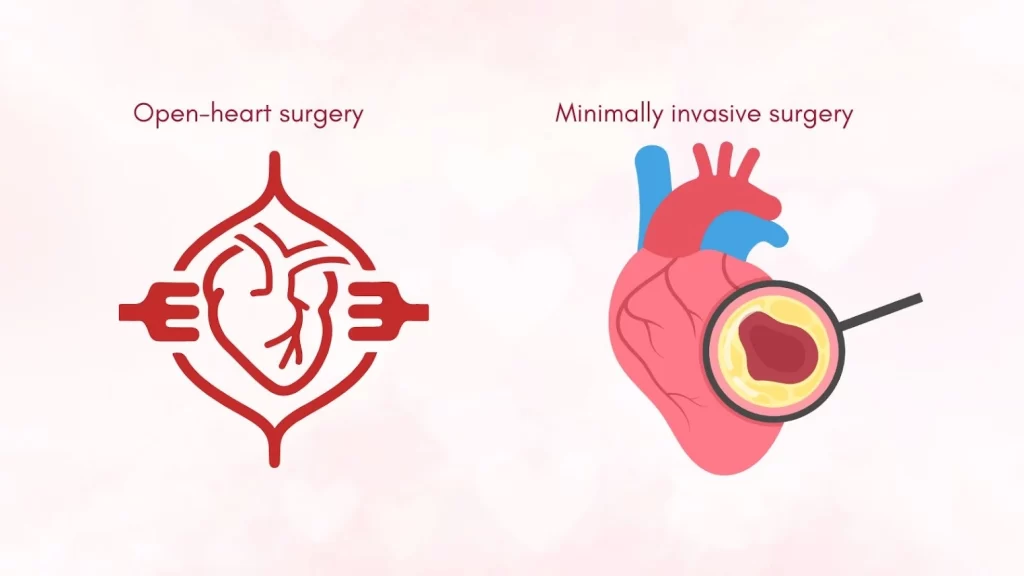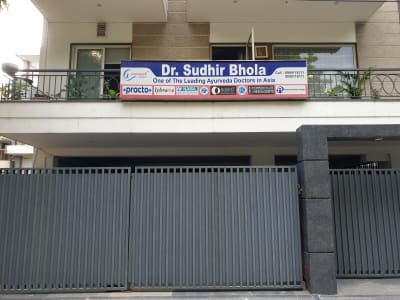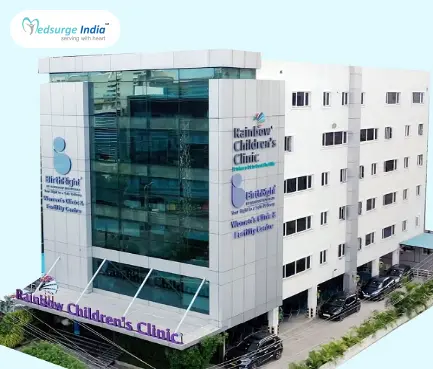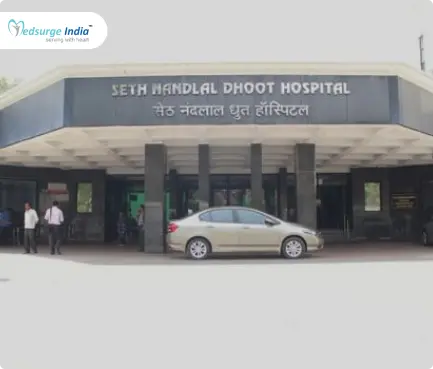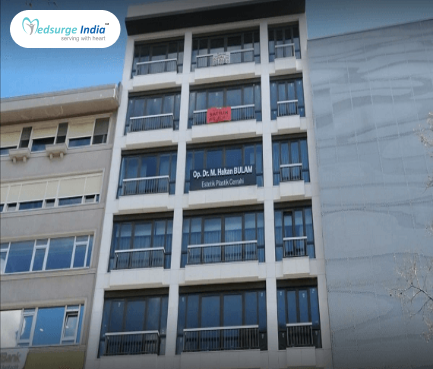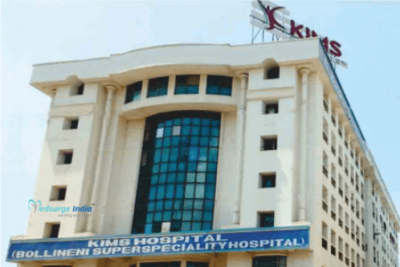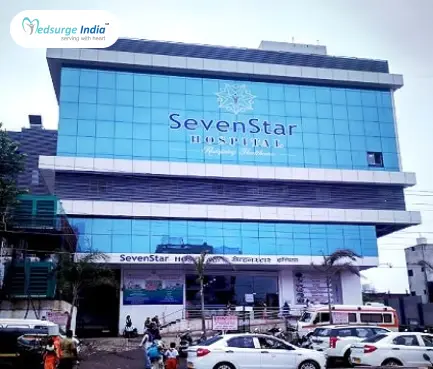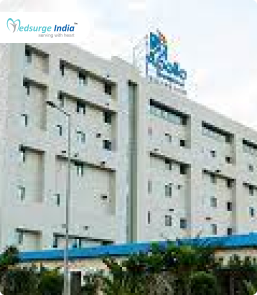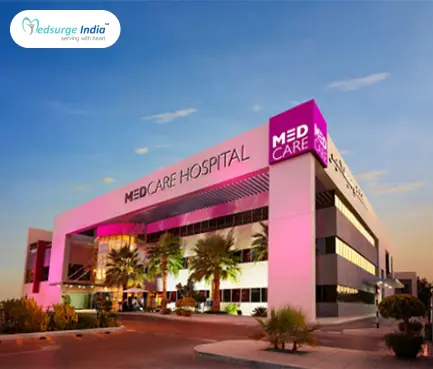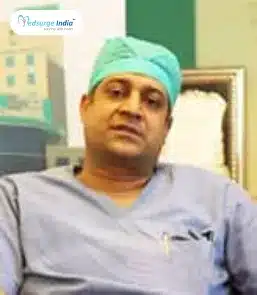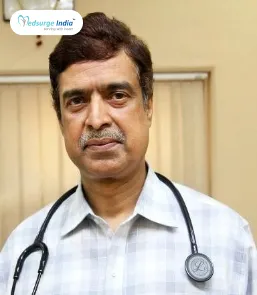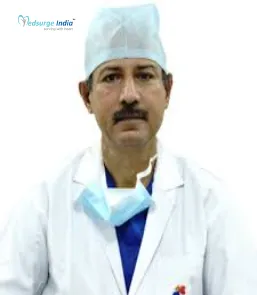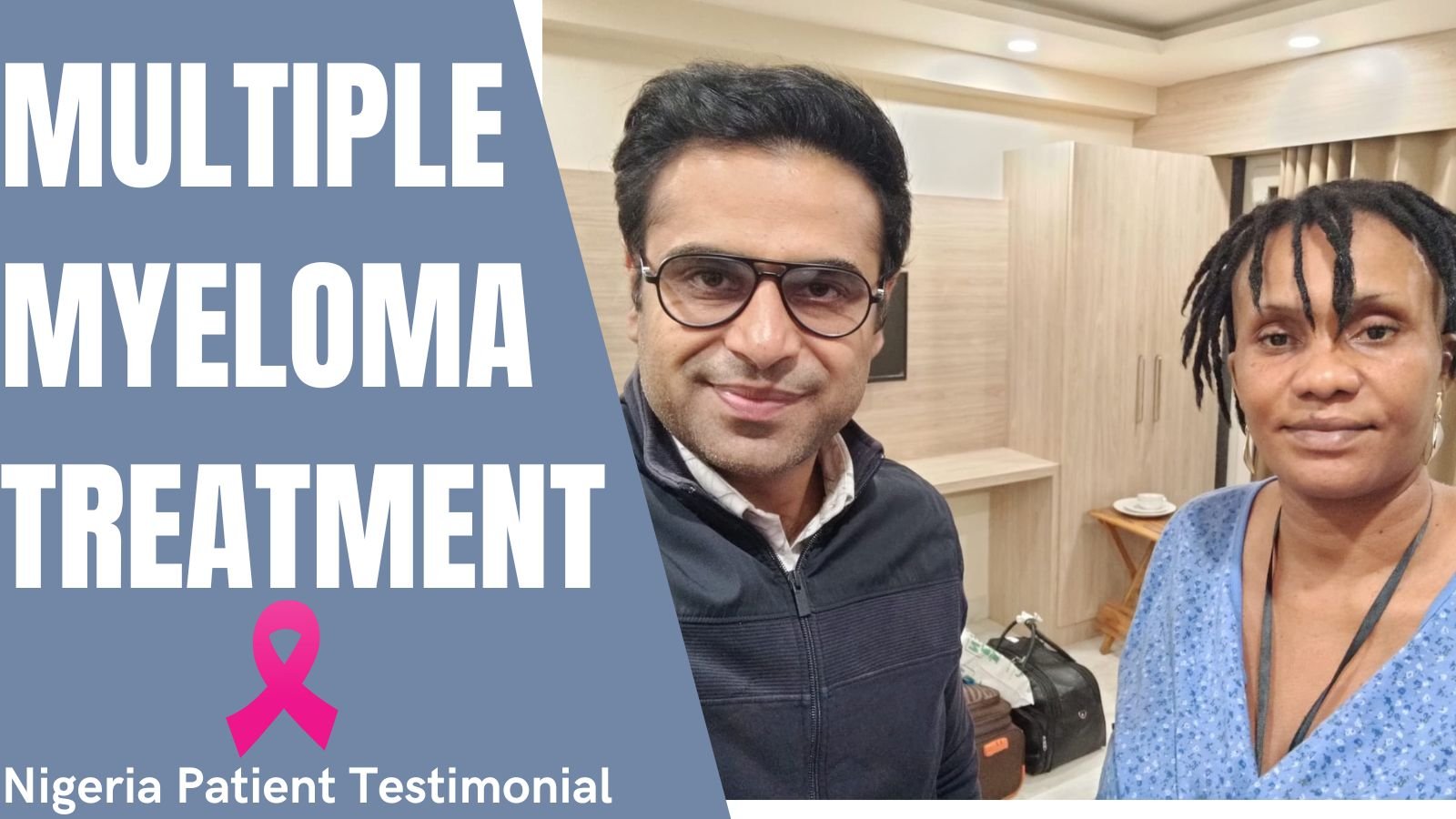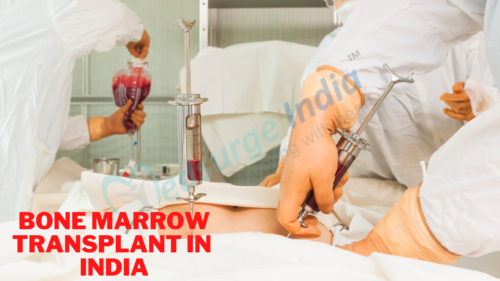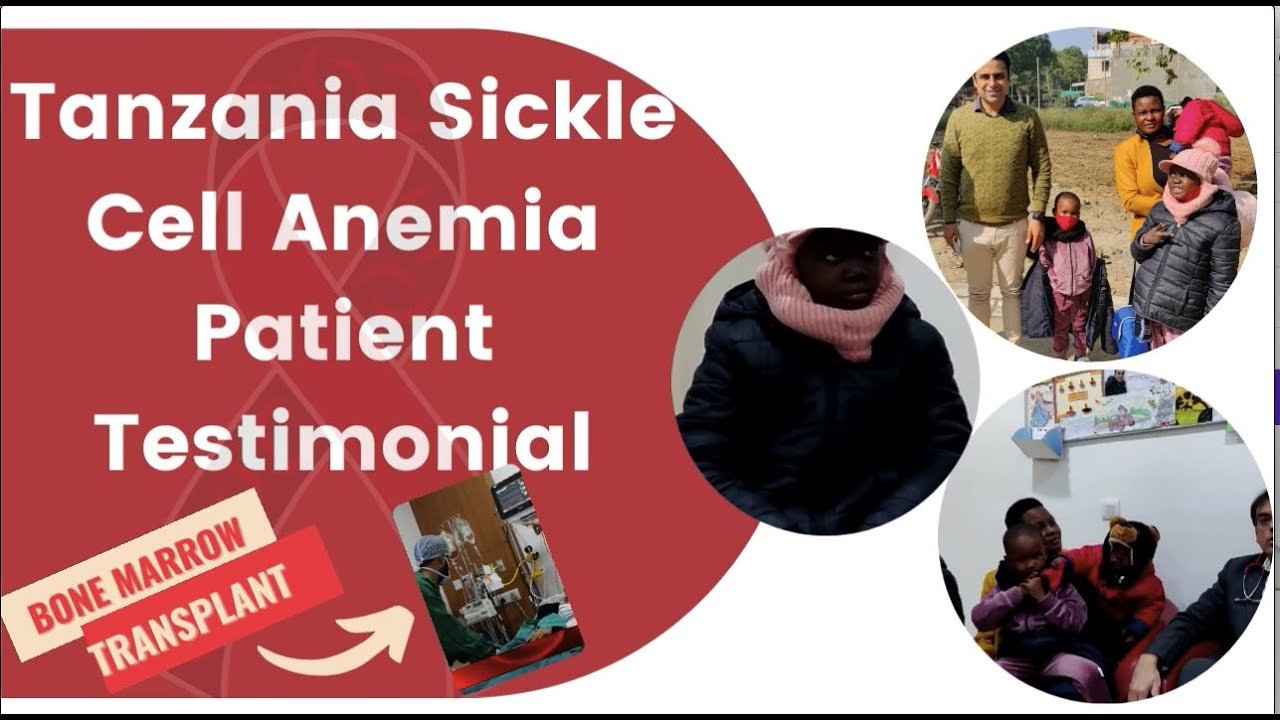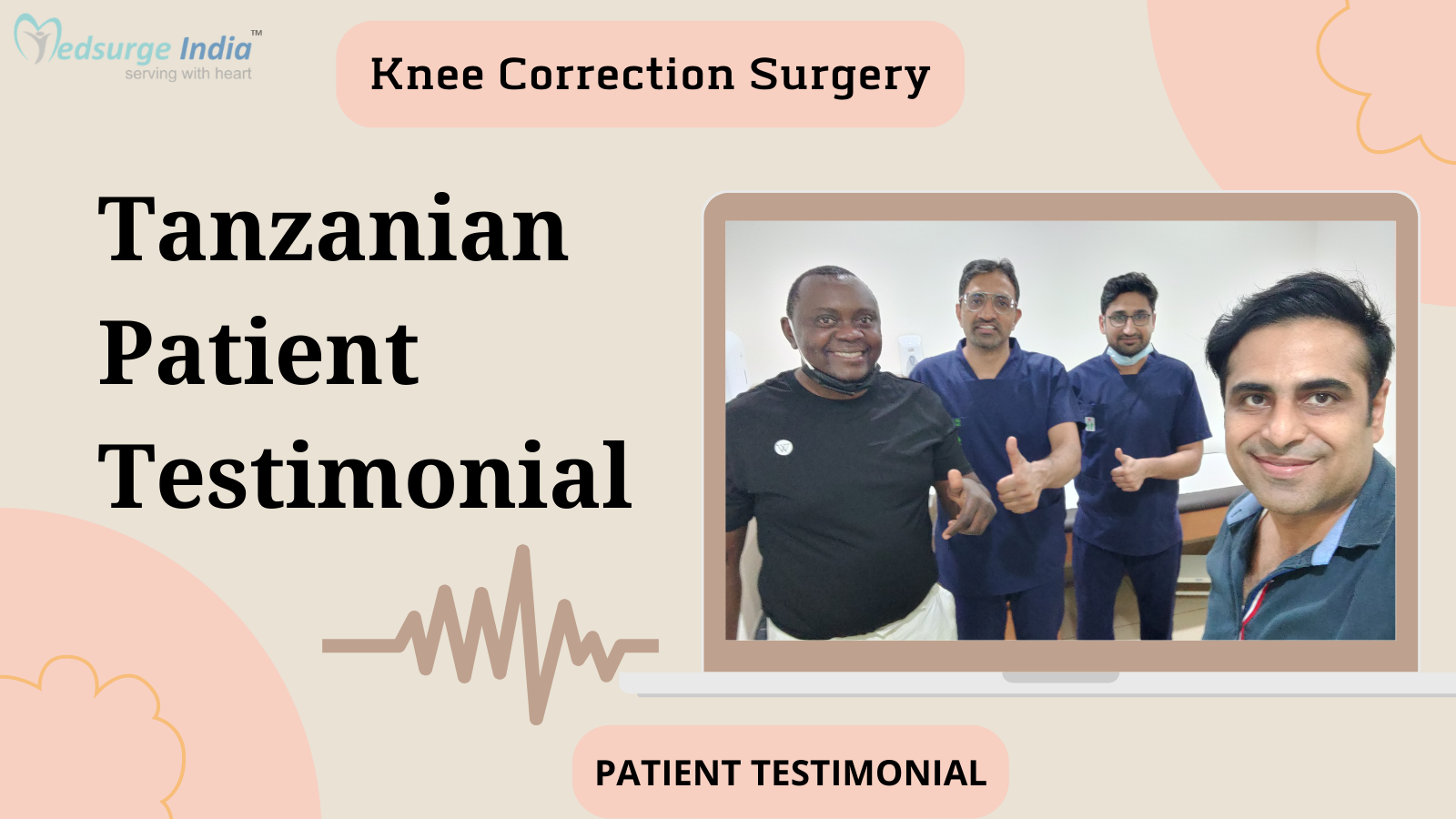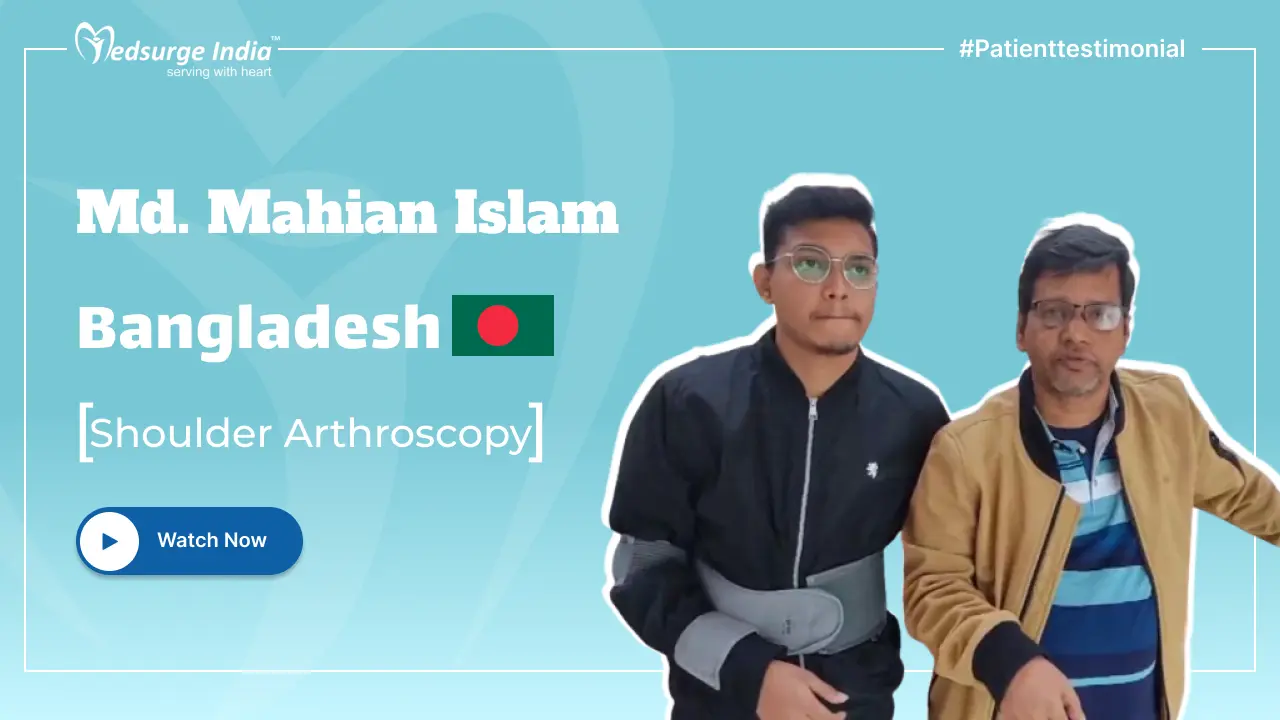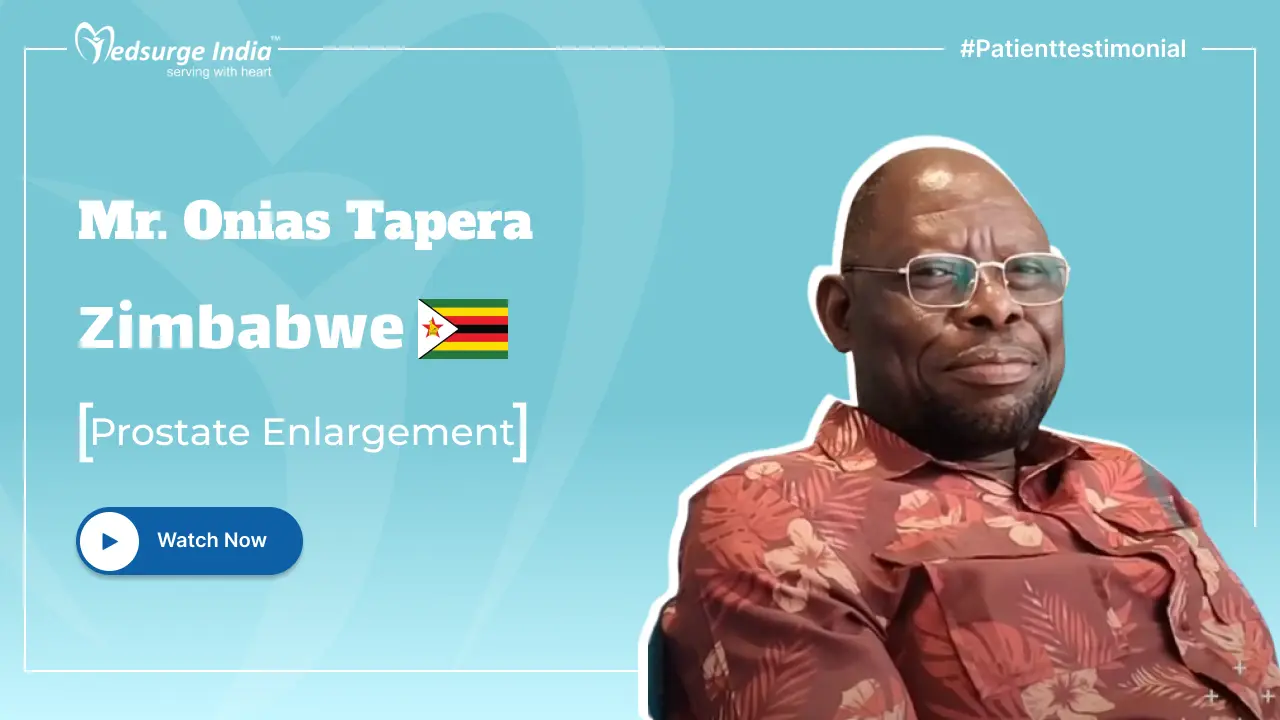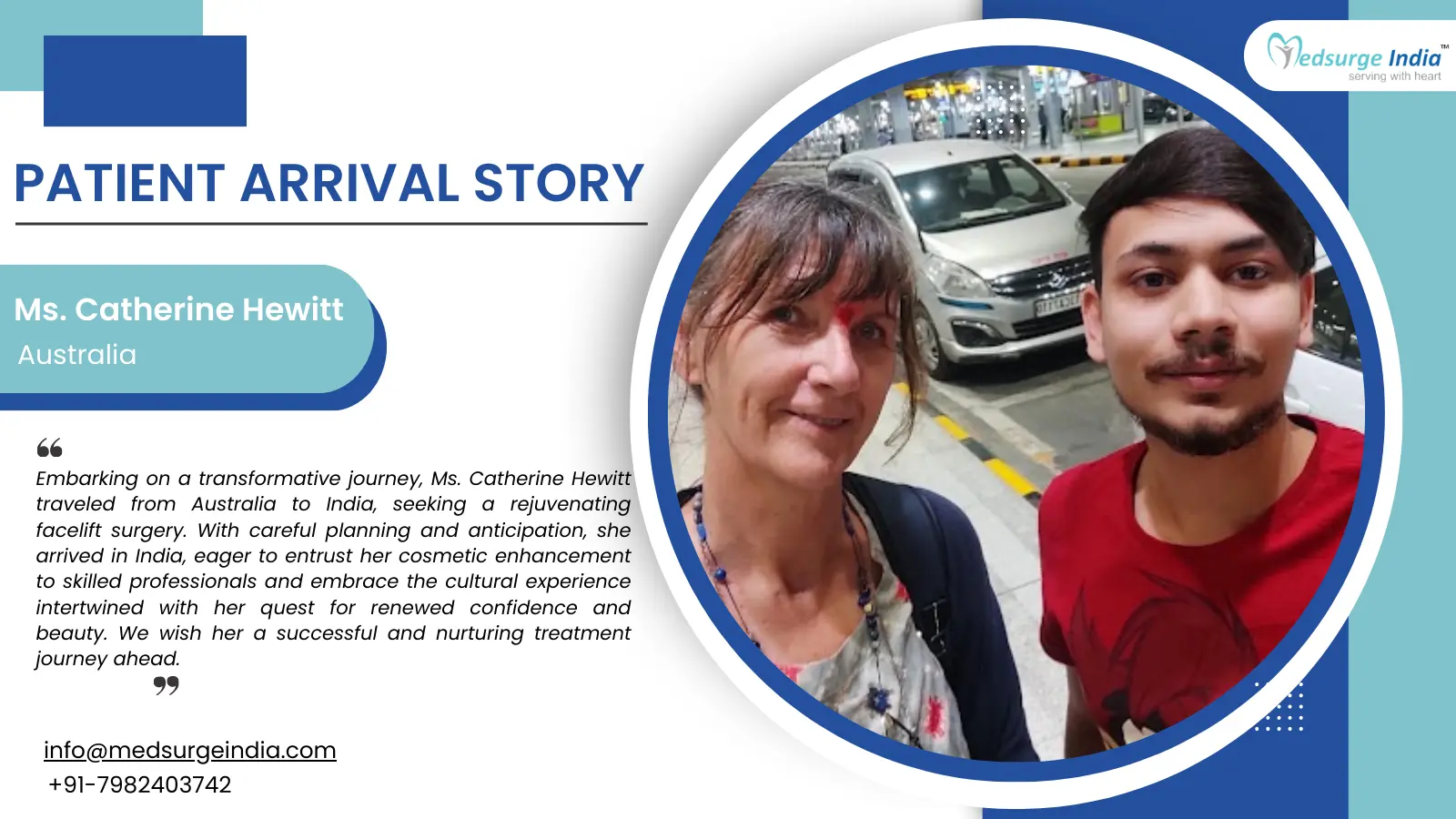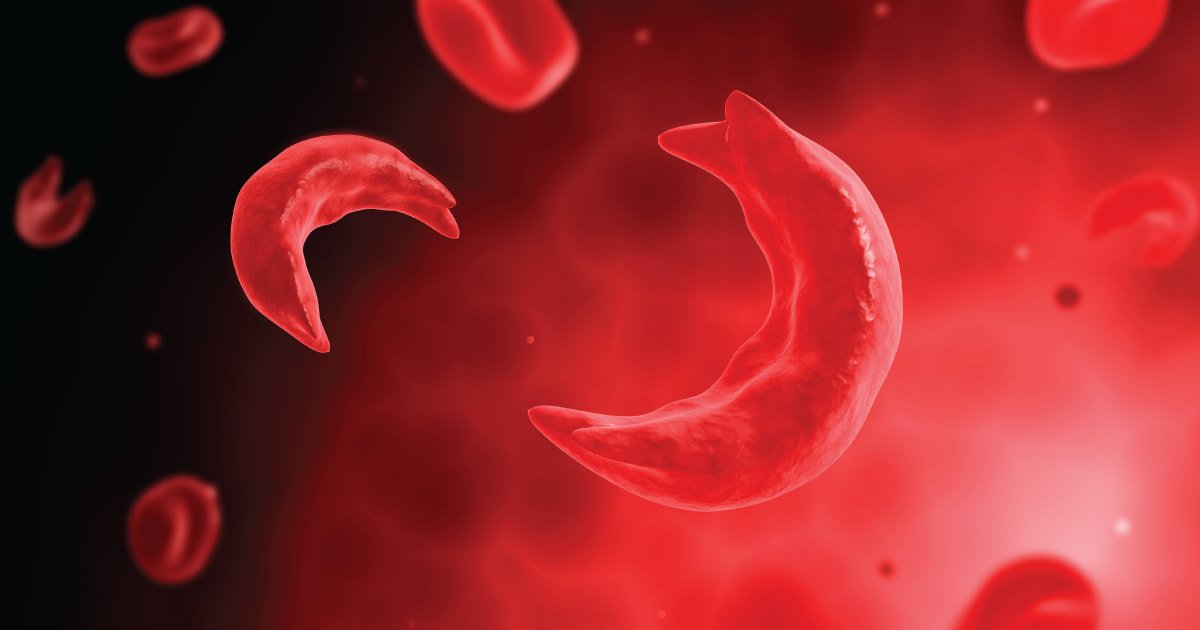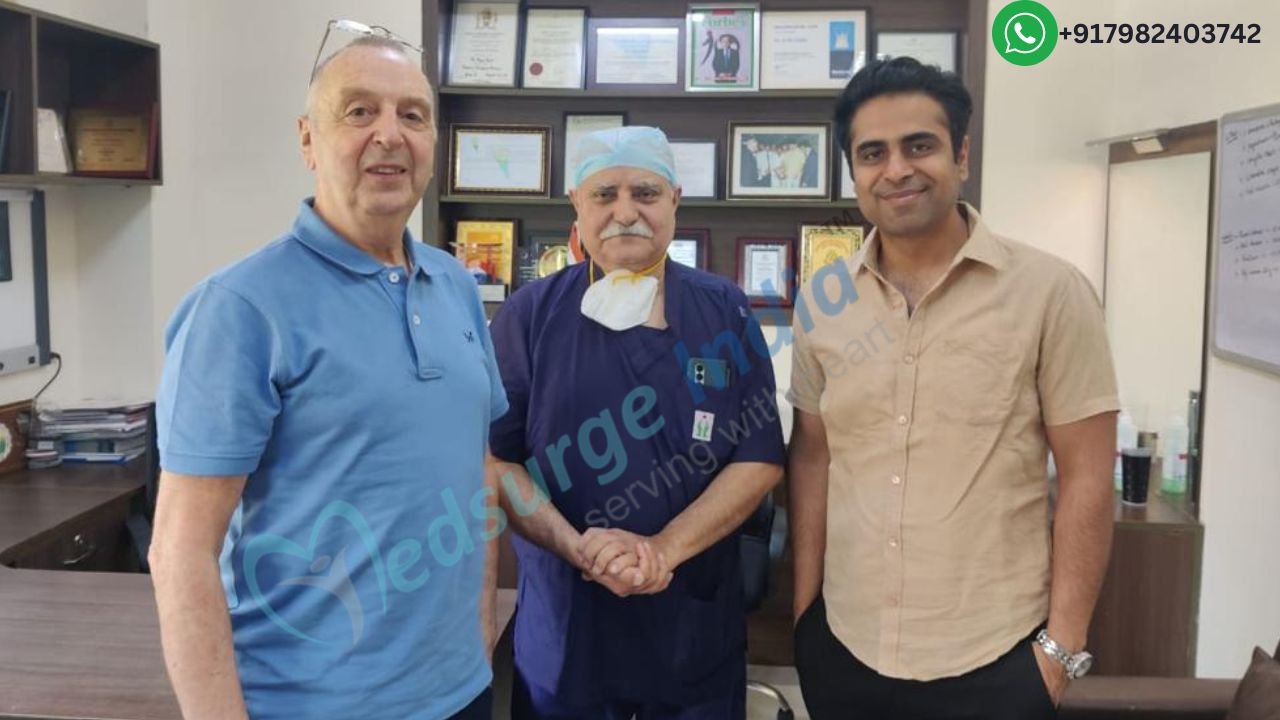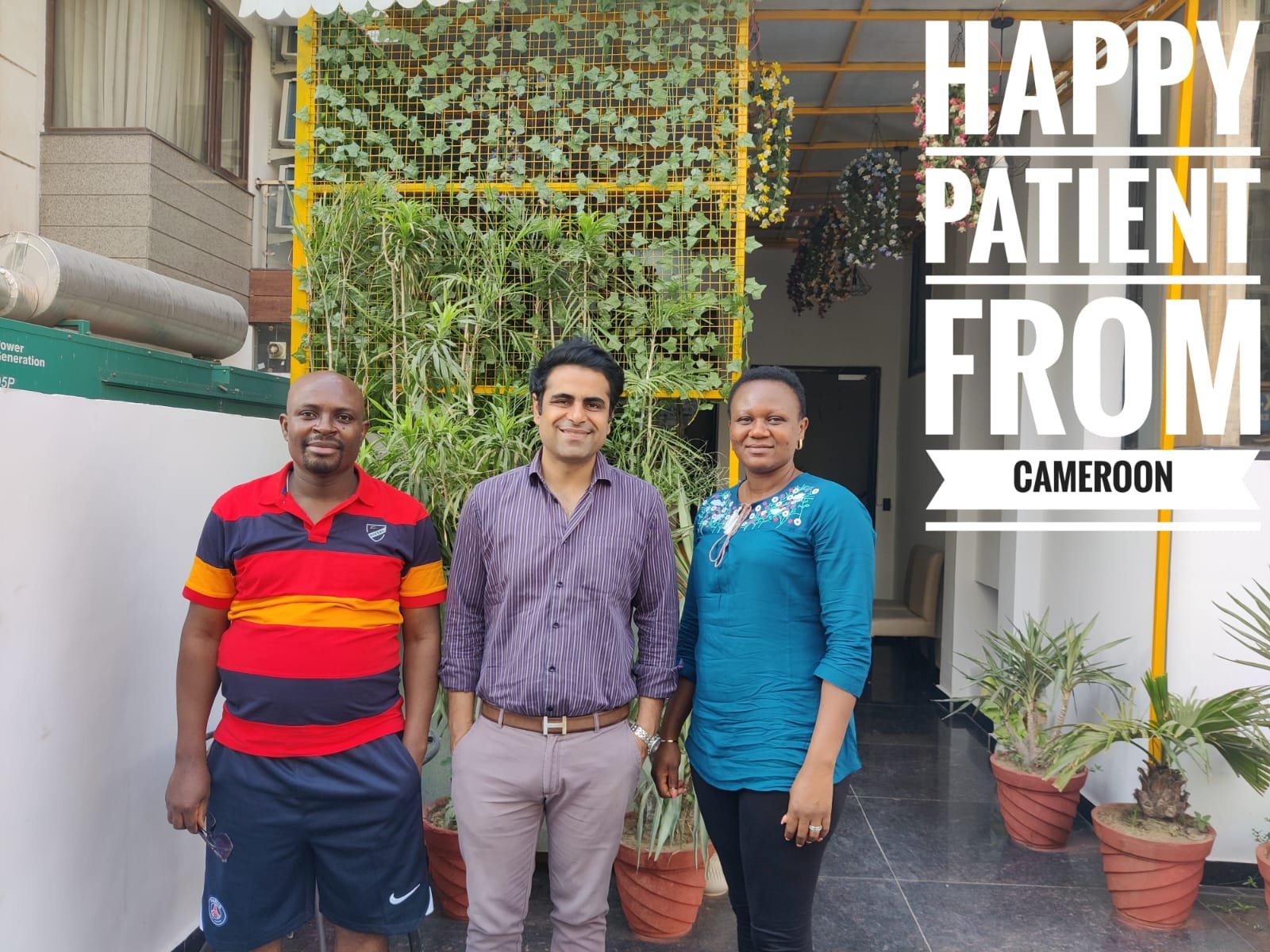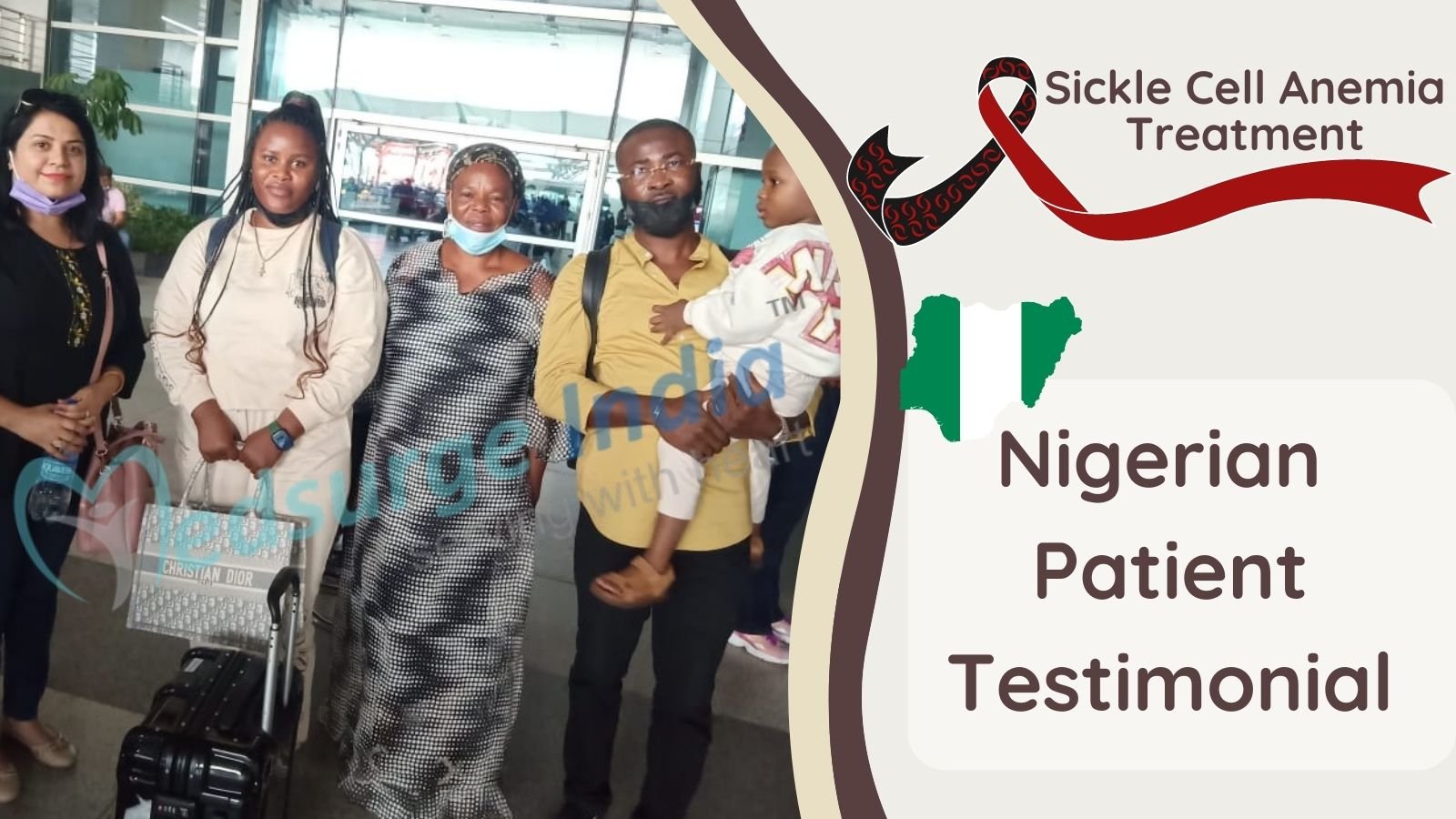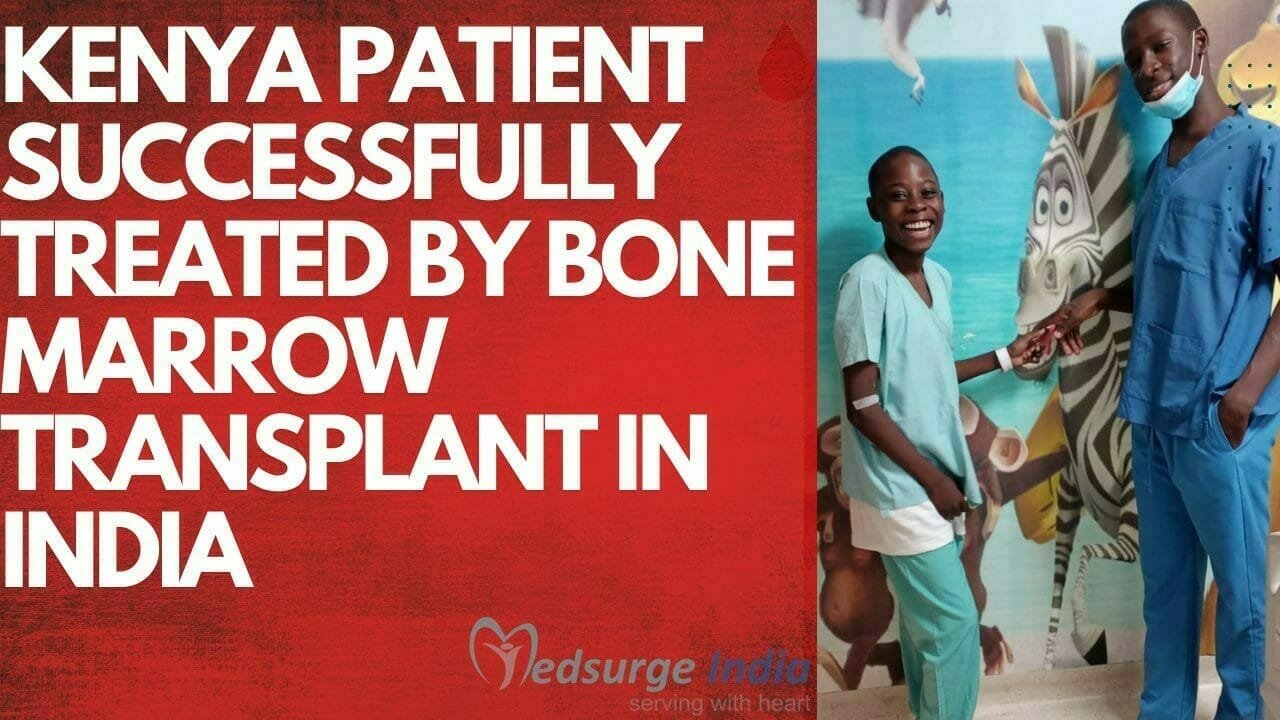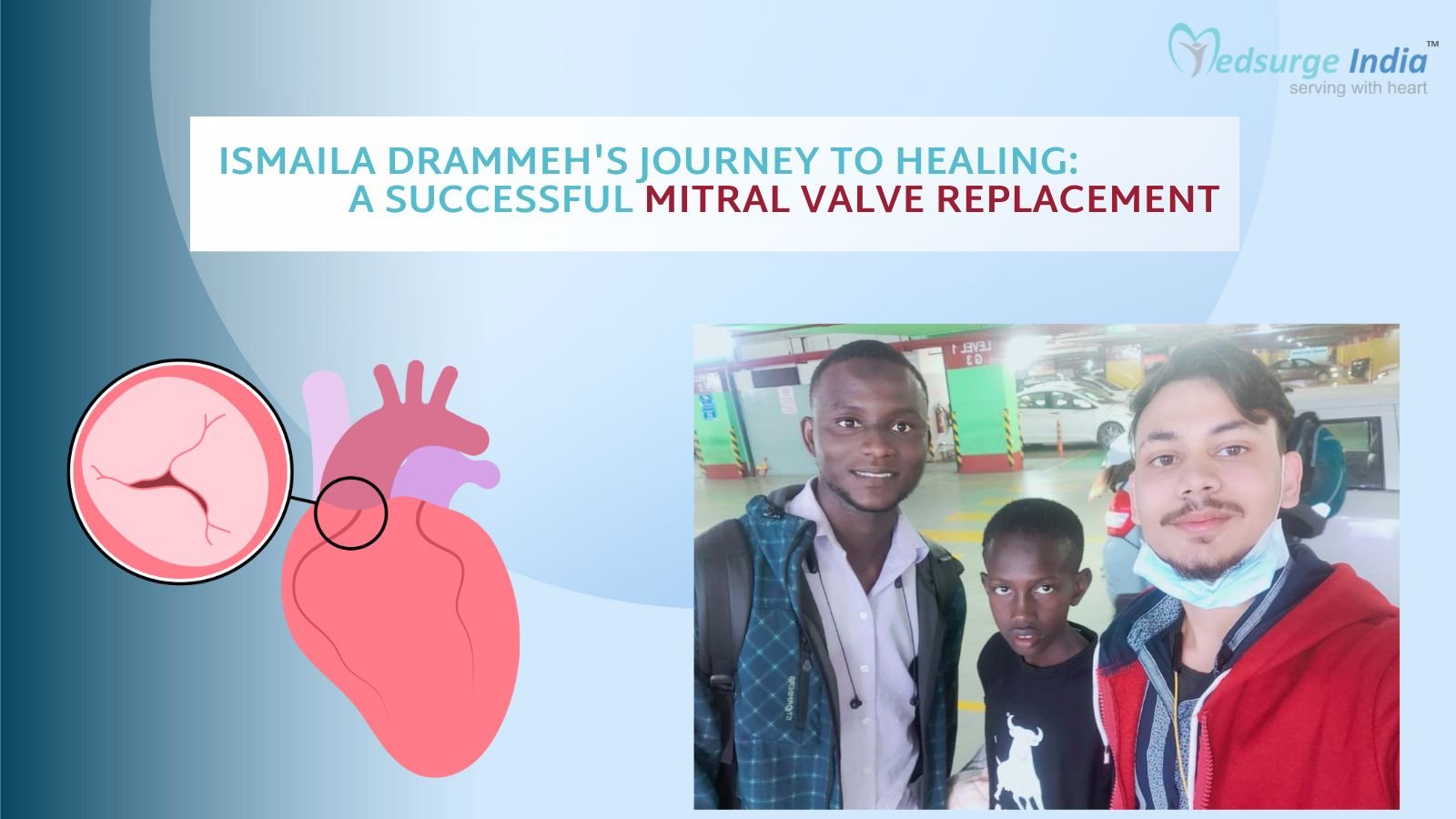
Coarctation of the aorta is a congenital heart defect characterized by a narrowing of the aorta, the major blood vessel carrying oxygenated blood from the heart to the rest of the body. This condition can lead to various cardiovascular complications if left untreated. Fortunately, advancements in medical technology and expertise have made the Coarctation of Aorta Repair Surgery highly successful in India.
Coarctation of Aorta Repair Surgery in India has gained immense popularity due to the country’s skilled surgeons, advanced infrastructure, cost-effectiveness, and minimal waiting time. Patients from around the world are choosing India as their preferred destination for this complex cardiac procedure, ensuring the best possible outcomes. With its expertise and commitment to patient care, India continues to redefine the landscape of cardiovascular healthcare, providing hope to individuals with Coarctation of Aorta.
In contrast to other nations like the US, the UK, Germany, and others, the price of coarctation of aorta repair surgery cost in India is substantially lower, and the standard of healthcare is also much higher. For individuals traveling for coarctation of aorta repair surgery in India, you can find some of the highest-quality facilities available with affordable healthcare plans, top-notch medical equipment, and the assurance of excellent medical personnel.
What Is Coarctation of The Aorta
Aortic coarctation (COA) is a constriction of the main blood channel that transports blood from the heart to the body. The left side of the heart has to work harder to pump blood through the aorta as a result of this constriction.
Sometimes a coarctation is so mild that no symptoms are even present. Other times, it needs to be treated with surgery or another method.
What Causes Coarctation of Aorta (COA)
A newborn is born with coarctation of the aorta, which is a congenital abnormality. Boys are almost twice more likely to get COA than girls, however, doctors are unsure of the cause. The aortic arch in a newborn with a coarctation may also be hypoplastic—smaller than usual.
A ventricular septal defect, which is a hole in the wall separating the left and right ventricles of the heart, is one birth abnormality or ailment that frequently coexists with the problem in affected individuals. It also frequently affects females who are born with Turner syndrome, a genetic condition in which one of a girl’s two X chromosomes is missing or incomplete.
Early detection of COA is important. However, some sufferers aren’t identified until their teen or even adult years. In those circumstances, it’s typically because the aortic constriction is mild enough to delay the onset of major symptoms until later in life. However, because COA might eventually lead to issues, even those who don’t have severe symptoms need to be treated. The flaw won’t go away by itself.
What Are the Signs & Symptoms of Coarctation of Aorta
Frequently, abnormal blood pressure is the initial indication of COA. A doctor performing a physical examination on a child with a coarctation can discover that the youngster has higher blood pressure in the arms than the legs. The doctor may also detect a cardiac murmur or note a faint or difficult-to-feel pulse in the groin. Any person with a high blood pressure diagnosis has to have their aorta’s coarctation checked out.
Kids frequently show no symptoms, and the COA is only identified during a routine checkup with the doctor. Children who do display signs could have:
- chest pain
- cold feet and legs
- shortness of breath when exercising
Adults frequently experience symptoms as a result of aortic coarctation. Aortic constriction that develops again after a previous repair is this. Some signs could be:
- Headaches.
- Kidney issues.
- A lot of miscarriages.
- Having trouble utilizing your legs.
But there are numerous other adult health problems that are linked to these symptoms. Therefore, the presence of these symptoms does not indicate aortic coarctation. To discuss any symptoms you may be experiencing, call a healthcare professional. To determine the issue, they will examine you physically and administer tests.
What Is The Impact Of Aortic Coarctation On The Baby’s Body
Your baby’s body cannot have regular blood flow because of an aortic coarctation. The left ventricle, your baby’s heart’s main pumping chamber, pumps more forcefully than usual as a result of the constriction. Their left ventricle experiences a lot of strain and tension as a result. If the constriction is severe, shock and even death may result from not getting enough blood to the body and the brain. In less severe situations, this additional stress may result in hypertrophy or the thickening of your baby’s heart muscle.
Additionally, coarctation results in lower blood pressure in the lower body and greater blood pressure in the upper body of your infant. Your baby’s kidneys, liver, and other internal organs may not be receiving as much blood as they should.
Coarctation of Aorta Repair Surgery Cost in India
Coarctation of Aorta Repair Surgery Cost in India starts from INR 4,16,573 (5,000 USD). India’s healthcare costs are exceptionally low compared with American, Russian, and European countries. Likewise, the quality of medical care and services offered there is comparable to that of the world’s most prestigious hospitals.
Factors That Can Affect Coarctation of Aorta Repair Surgery Cost in India
Numerous variables that could affect the overall price of Coarctation of Aorta Repair Surgery cost in India can be taken into account, such as:
- The cost of Coarctation of Aorta Repair Surgery in India may change according to the hospital’s choices.
- Skills and knowledge of the local doctor.
- The state of the patient, including their illness’s type and whether they require further treatment modalities.
- The cost of Coarctation of Aorta Repair Surgery in India varies based on the hospital and type of lodging.
Medsurge India provides the finest Coarctation of Aorta Repair Surgery Cost in India at a reasonable cost, all while being supervised by top medical professionals for patients traveling to India. Also, for the treatment you can find some of the finest facilities and the best Coarctation of Aorta Repair Surgery in India.
How Is Coarctation of Aorta Diagnosed
Diagnosing coarctation of the aorta surgery typically involves a thorough medical history review, physical examination, and various diagnostic tests. Symptoms of coarctation of the aorta may include high blood pressure in the arms but low blood pressure in the legs, weak or absent pulses in the lower extremities, and heart murmurs. Several tests are necessary to determine whether the aorta is castrated, and these tests may include:
- The aorta’s narrowing can be seen during an echocardiogram, which uses ultrasound to see the heart. It is possible to assess the pressure on either side of the constriction, the force with which the heart is contracting, and the strength with which the heart muscle is pumping. This scan may be able to detect any other congenitally occurring cardiac abnormalities.
- Chest X-ray: If there is heart failure, it can reveal fluid in the lungs. In the event that collateral blood arteries have formed, the ribs may also exhibit some “notching” (or grooves).
- With the assistance of an electrocardiogram (ECG), the electrical activity of the heart is recorded. People with coarctation of the aorta exhibit outcomes that differ from those of a heart that is healthy and functional.
- Magnetic resonance imaging (MRI): With the help of magnetic rays, it is possible to learn more about the structure of the heart and the big blood veins that surround it.
- Cardiac catheterization: This procedure uses a small, flexible, hollow tube. This tube is inserted into the heart’s chambers and coronary arteries, the heart’s main blood channels. This makes it easier to quantify the pressure difference on either side of the narrowing to determine how serious the coarctation is.
Helpful – Aortic Valve Replacement Cost in India
Cost
Coarctation of Aorta Repair Surgery Cost in India starts from USD $5300.
Get Free Cost Estimation
Procedure
How Is Coarctation of Aorta Treated
Coarctation of aorta repair surgery is the primary treatment option for individuals diagnosed with this condition. The goal of the surgery is to remove the narrowing or obstruction in the aorta, allowing for improved blood flow to the lower part of the body. There are two main surgical procedures used to repair coarctation of the aorta: open-heart surgery and minimally invasive techniques.
Open-heart surgery: During open-heart surgery, the narrowed section of the aorta is removed, and the two cut ends are then stitched together. This procedure is typically performed under general anesthesia and requires a sternotomy, which involves opening the chest to access the heart. Open-heart surgery is often recommended for severe cases or when coarctation of the aorta occurs in conjunction with other heart defects.
Minimally invasive techniques: In recent years, minimally invasive techniques have emerged as an alternative to open-heart surgery for coarctation of the aorta repair. These procedures involve accessing the heart through small incisions or using catheters inserted through blood vessels. One such technique is balloon angioplasty, where a deflated balloon is inflated inside the narrowed section of the aorta, widening it and improving blood flow. Another minimally invasive option is stenting, where a small mesh tube is placed in the narrowed area to keep it open.
Top 10 Cardiologist in India
- Dr. Ajay Kaul
- Dr. T. S. Kler
- Dr. Sanjay Gupta
- Dr. D. K. Jhamb
- Dr. Naresh Trehan
- Dr. Y K Mishra
- Dr. Praveen Kulkarni
Recovery and Outlook
Following coarctation of aorta repair surgery, patients typically spend a few days in the hospital for monitoring and recovery. The recovery time may vary depending on the type of surgery performed and individual factors. Most individuals can resume their normal activities within a few weeks to months after surgery. Regular follow-up visits with a cardiologist are essential to monitor progress and ensure the long-term success of the procedure.
In conclusion, coarctation of aorta repair surgery plays a crucial role in the diagnosis and treatment of this congenital heart defect. With advancements in surgical techniques, individuals diagnosed with coarctation of the aorta have improved outcomes and a better quality of life. Early diagnosis and timely intervention are vital in providing the best possible care for patients affected by this condition.
Coarctation Of The Aorta Surgery Survival Rate
Patients with simple or isolated coarctation had a 100% chance of surviving; those with coarctation and a ventricular septal defect (VSD) had an 80% chance; and those with additional complicated cardiac abnormalities had a 65% chance.
Why Do Individuals Prefer to Have Coarctation of Aorta Repair Surgery in India
The country has some of the best medical care facilities and services in Asia, making medical tourism in India very popular. The best Hospitals for Coarctation of Aorta Repair Surgery in India provide all types of treatment using advanced technology. Also, the price of a Coarctation of Aorta Repair Surgery cost in India is much more affordable as compared to other states or nations around the world.
Comprehensive pre-operative examinations, minimally invasive surgical procedures, and post-operative rehabilitation programs are all included in the best Coarctation of Aorta Repair Surgery in India. At these medical facilities, patients may anticipate personalized care, individualized attention, and compassionate treatment. Top international organizations accredit the hospitals, including the National Accreditation Board for Hospitals and Healthcare Providers (NABH) and the Joint Commission International (JCI).
How to Choose a Hospital for Frozen Embryo Transfer in India
Hospitals that perform Coarctation of Aorta Repair Surgery in India are renowned for their services in patient care and hospitality. These hospitals have some of India’s top specialists and experts who are excellent in their professions. For an international patient, selecting a good hospital for treatment might be challenging. It is a crucial choice that needs to be made while keeping a number of things in mind, such as:
- Quality certificates and accreditations
- Hospital and transportation facility location
- Team of doctors and surgeons
- Advanced diagnostic and therapeutic equipment
- International patient assistance
How Can Medsurge India Help?
Medsurge India is a prestigious support system for patients looking for doctors, hospitals, and specialized treatments. We’ll find the most suitable medical options for you. Following your medical issues, our team will give you a list of certified, reputable, and trusted doctors and hospitals. Apart from that, we offer a treatment strategy that fits your budget and also, we assist patients with obtaining travel authorizations, medical visas, and a multitude of other things.
The Most Important Frequently Asked Questions
Q1: Is Aortic Coarctation Repair Open Heart Surgery?
A1: An unnatural narrowing of the aorta is known as coarctation. The big blood vessel that leaves the heart and brings oxygen-rich blood to the body is known as the aorta. Without requiring open heart surgery, a type of technique called transcatheter repair can address aberrant aortic constriction.
Q2: How Long Does Aortic Coarctation Surgery Last?
A2: The procedure normally lasts two to three hours. It usually takes between 15 and 20 minutes to cut the piece and join the two ends together during surgery. To avoid clot development downstream from the site of the aortic clamp, a tiny dose of the blood thinner heparin is administered.
Q3: Is Aortic Coarctation Treatable?
A3: Aortic coarctation can be treated surgically. After surgery, the symptoms disappear fast. Those who have had their aorta repaired, however, are at a higher risk of dying from cardiac issues. It is advised to see a cardiologist on an ongoing basis.
Q4: Is an Aorta Operation Safe?
A4: The type of operation performed and other variables affect the aortic surgery survival rate. The success rates of elective (preventive) aorta surgery are higher than those of emergency surgery. 99% of patients who have elective endovascular treatment for an abdominal aortic aneurysm survive 30 days after the procedure.
Q5: What Is the Typical Age for Aortic Coarctation?
A5: Coarctation can occasionally be detected in infants. Others might not see it till they are in their teen or school years. COA can be identified in infants, children who are in school, or teenagers. Males are more likely to develop it.
Top Hospitals for Coarctation of Aorta Repair Surgery in India
Top Doctors for Cardiology And Cardiac Surgery
Dr. Swarup Swaraj Pal
Consultant
Experience: 18 years of experience
Dr. L H Hiranandani Hospital, Mumbai
Mumbai, India
Dr. Upadhyayula Satyanarayana
Consultant
Experience: 10 years of experience
Medanta – The Medicity, Gurgaon
Gurgaon, India
Dr. Rajpal Singh RL
Director
Experience: 27 years of experience
Fortis Hospital, Bangalore (Bannerghatta Road)
Bangalore, India
Dr. Arvind Das
Consultant
Experience: 17 years of experience
Max Super Specialty Hospital Gurgaon
Gurgaon, India
Dr. Yashwath A L
Experience: 14+ years of experience
RL Jalappa Narayana Heart Centre, Tamaka, Kolar
Kolar, India
Dr. Mrinalendu Das
Experience: 39+ years of experience
NH Rabindranath Tagore International Institute of Cardiac Sciences, Kolkata
Kolkata, India
Dr. Upendra Shenoy
Senior Consultant
Experience: 38+ years of experience
Manipal Hospital, Mandi Mohalla, Mysore
Mysore, India
Dr. Rishab Mathur
Consultant
Experience: 14 years of experience
Metro Mas Hospital, Jaipur
Jaipur, India
Dr. Jagdish Chander Mohan
Consultant
Experience: 35 years of experience
G.B. Pant Hospital, New Delhi
New Delhi, India
Dr. Chinnaswamy Reddy H M
Chief
Experience: 11 years of experience
Rainbow Children’s Hospital, Hyderabad
Hyderabad, India
Dr. Dhananjay R S
Senior Consultant
Experience: 22+ years of experience
SS Narayana Heart Centre, Davangere
Davangere, India

